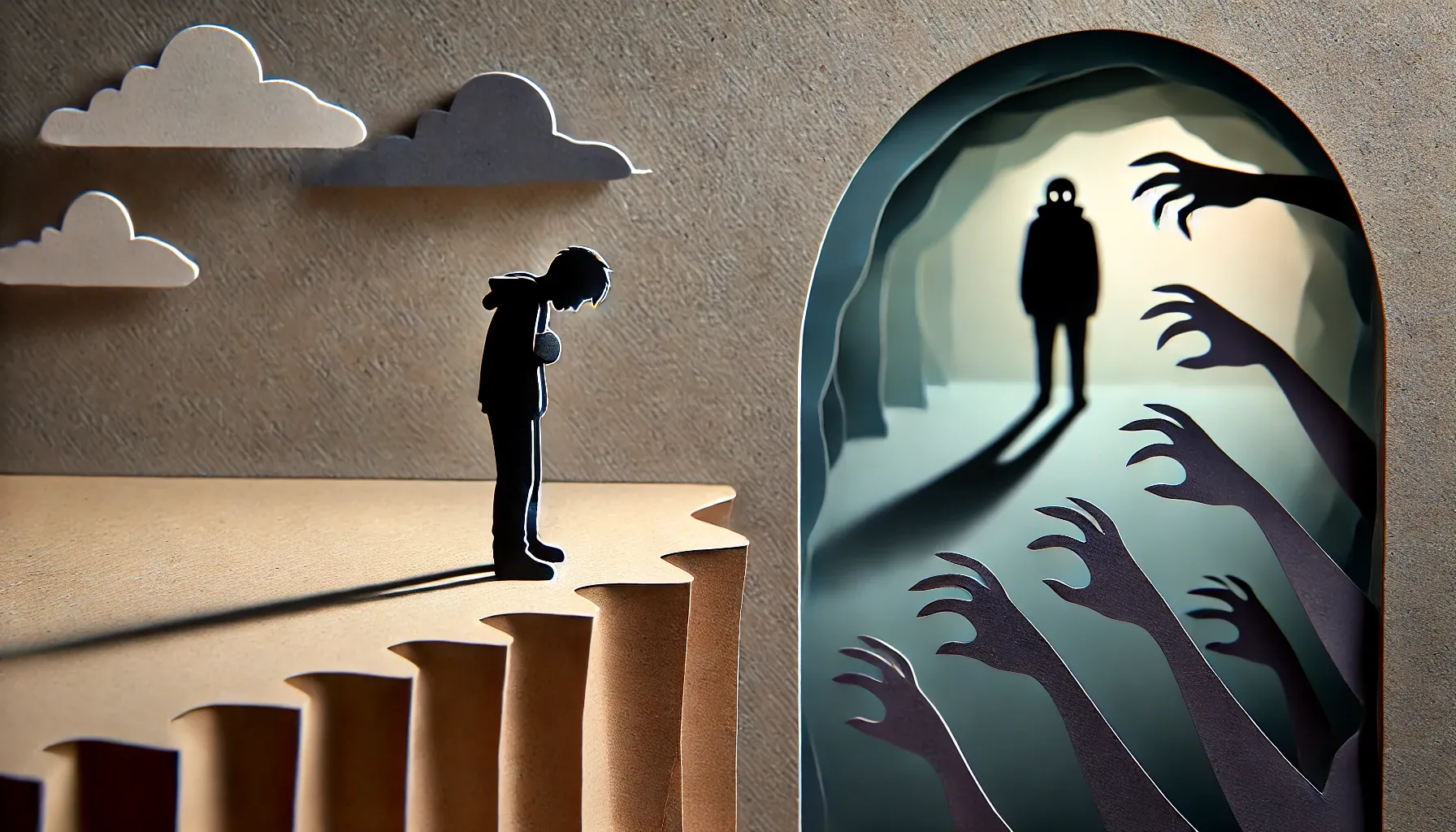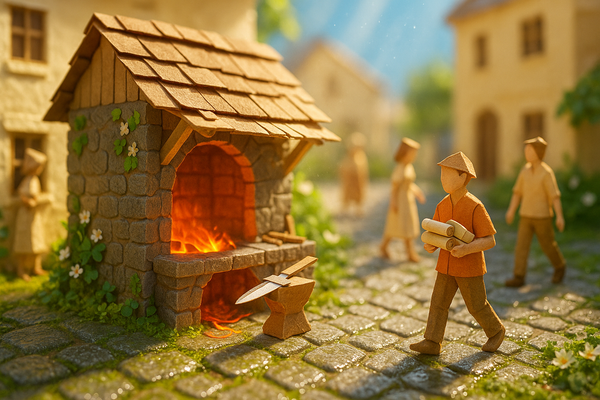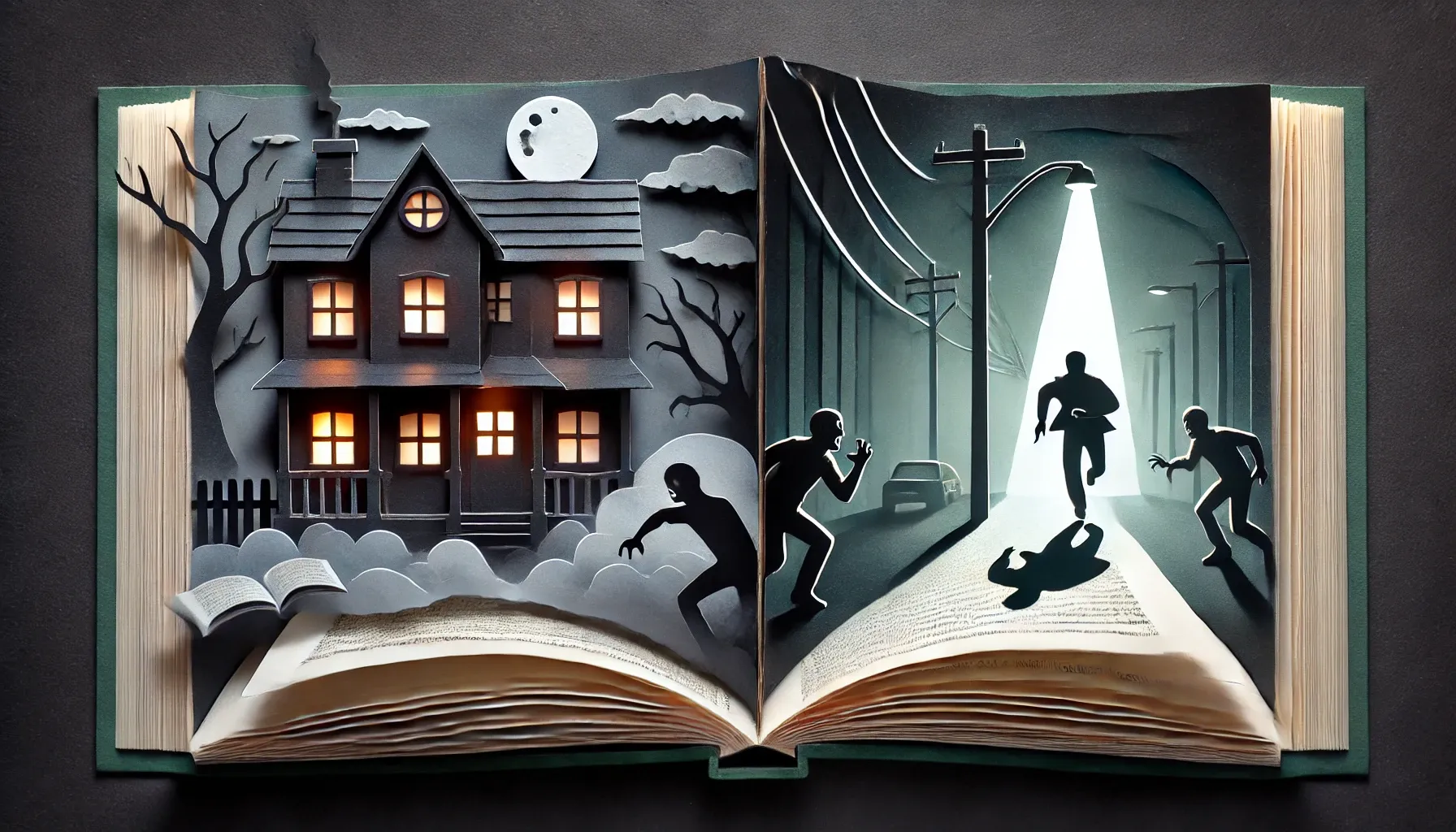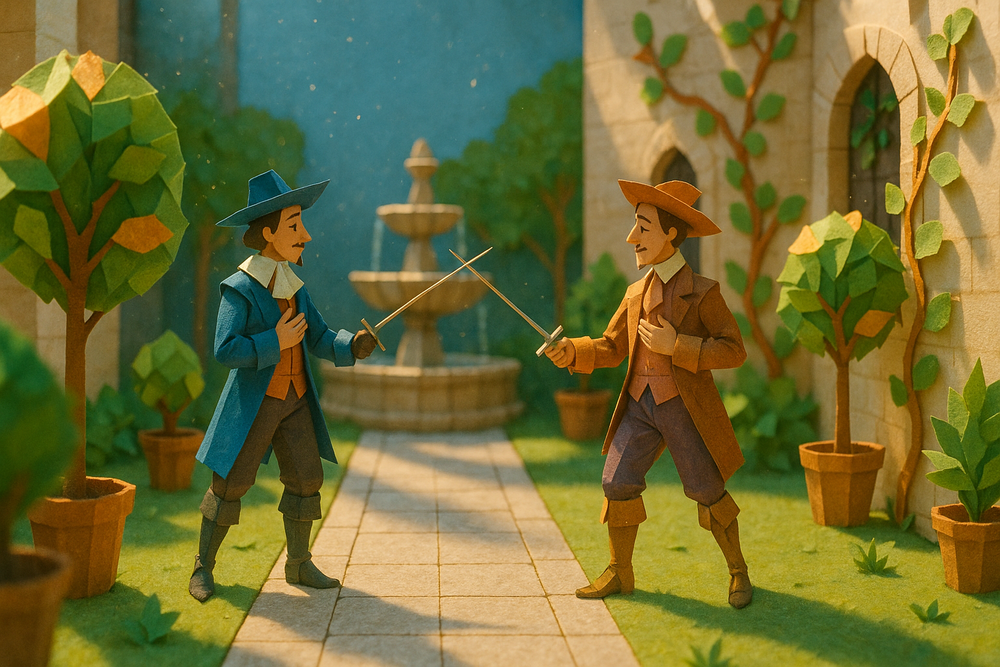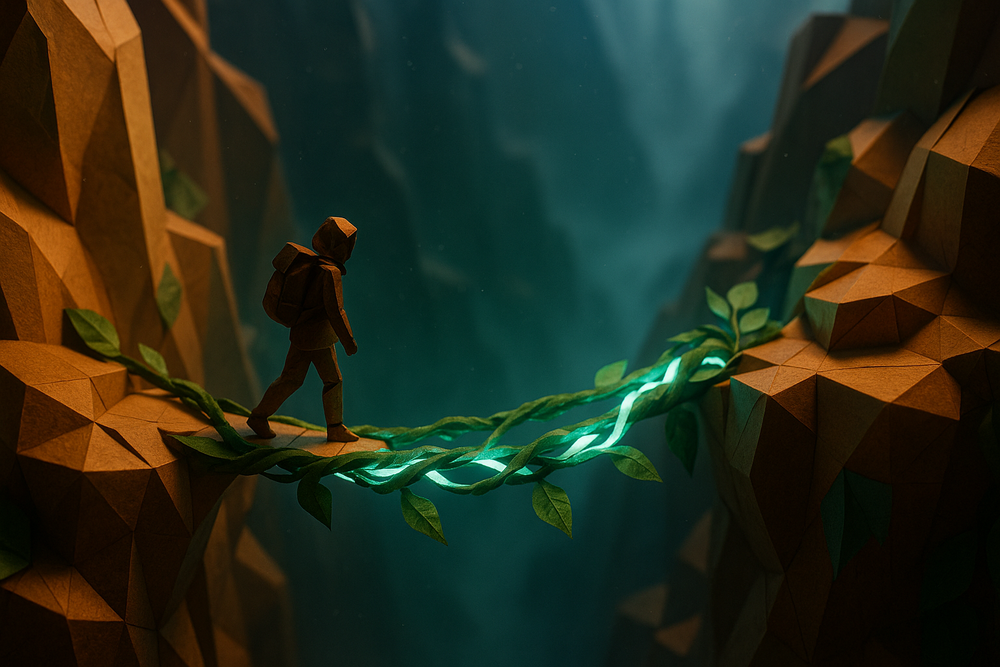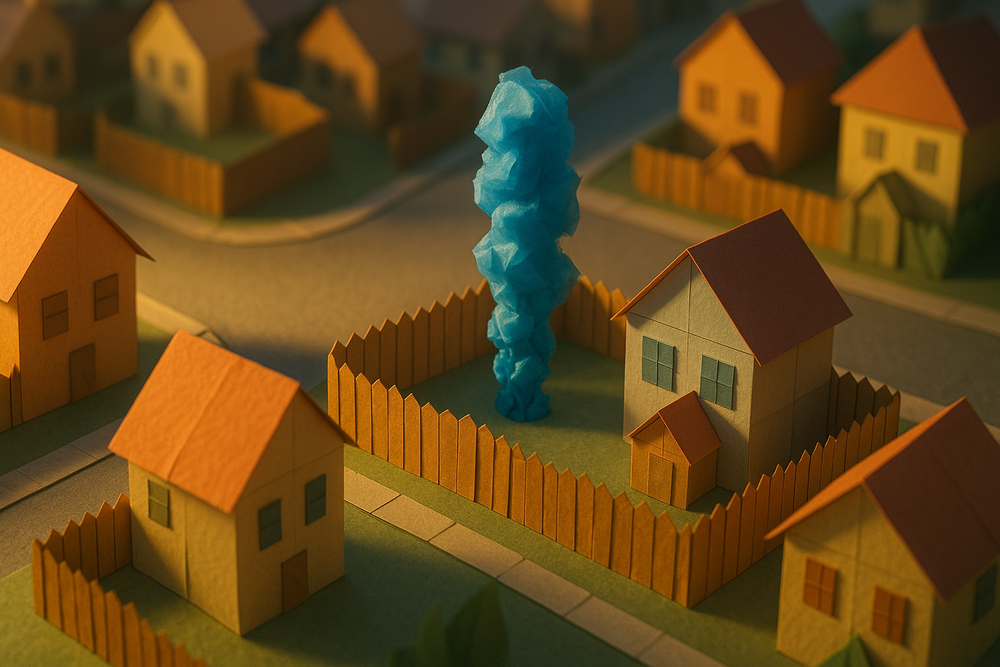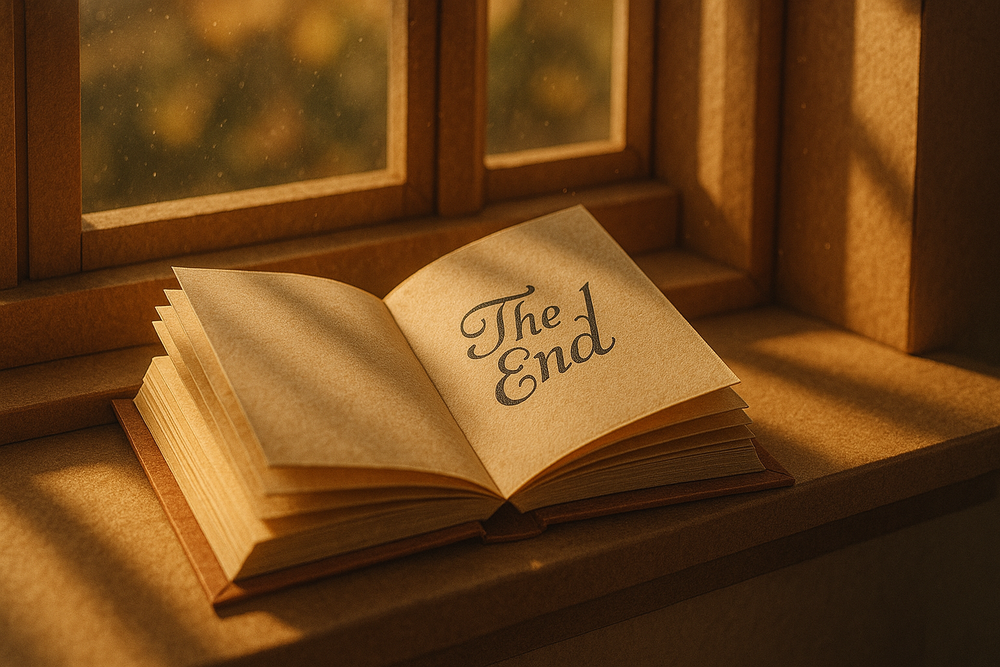The art of writing horror and thriller fiction is a delicate dance between suspense, fear, and intrigue. These genres are designed to stir something primal in readers—whether it’s a racing heart or a creeping sense of dread. What makes these stories so captivating isn’t simply the shock value of a gruesome moment or the sudden jolt of a jump scare, but the subtle and masterful weaving of tension throughout the narrative. To craft a compelling horror or thriller, writers must understand how to maintain that tension while pulling readers deeper into the dark corners of their imagination.
Building Suspense: The Heartbeat of the Thriller
At the core of a successful thriller lies suspense. Suspense isn’t merely about throwing a series of obstacles at the protagonist or keeping the audience guessing who the killer is. It’s about creating an emotional experience—a sense of unease that compels the reader to keep turning the page. This doesn’t happen by accident but through careful plotting and pacing.
The first step is to create stakes that feel real and urgent. Whether it’s a serial killer on the loose or a psychological mystery unfolding, the protagonist must face tangible threats. Yet, it’s not just about the immediate danger. The best thrillers force characters to confront their own fears and flaws, which are just as dangerous as the external threats they face. The audience is drawn in because they not only want to know what will happen, but how the characters will survive—both physically and emotionally.
Pacing plays a crucial role in the thriller genre. Thrillers often have short chapters, quick scene transitions, and escalating tension that pulls the reader through the narrative at breakneck speed. However, pacing isn’t solely about going fast. It’s about knowing when to slow down. Strategic pauses between high-octane moments allow tension to build organically, making the climax all the more satisfying.
Harnessing Fear: The Essence of Horror
While thrillers revolve around suspense and excitement, horror delves into fear—the kind that sticks to your skin long after the story ends. Writing horror means more than inserting supernatural creatures or bloody scenes. It’s about invoking fear through atmosphere, anticipation, and psychology.
Horror is deeply psychological, rooted in the unknown. The scariest monsters are often not the ones described in vivid detail but those that live just out of sight, allowing the reader’s imagination to fill in the gaps. This is why atmosphere is critical. A decrepit house creaking under the weight of unseen horrors, a fog-drenched cemetery in the dead of night, or a character’s growing paranoia—these elements combine to create an oppressive mood that suffocates the reader with dread.
Another important technique in horror is the manipulation of the mundane. Everyday objects and situations are often twisted into something eerie or terrifying. The more relatable the situation, the more effective the horror. A child’s toy suddenly moving by itself or a routine phone call turning sinister taps into our fears because these moments blur the line between normalcy and the supernatural, making readers question the reality they trust.
